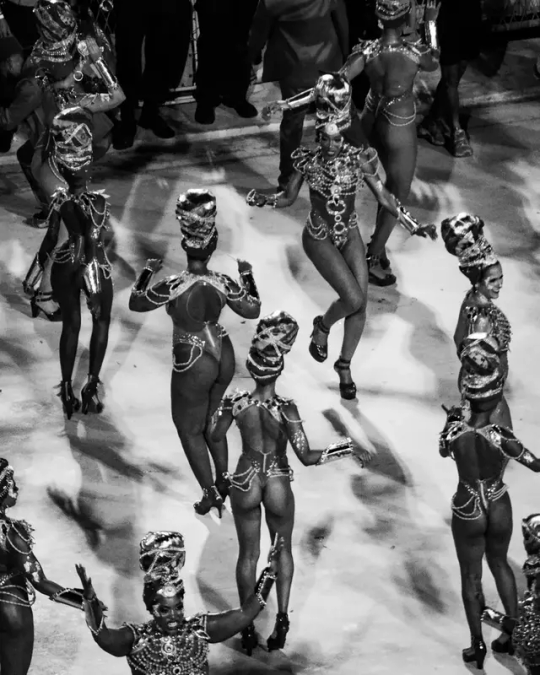#Carnaval
Explore tagged Tumblr posts
Text

Brazilian boys during carnaval in Rio, by Patrick Marques🇧🇷🇧🇷
#photoart#male photography#street photography#carnaval#rio de janeiro#brazil#teenagehood#friends#teen boys#vintage boys#boyhood#original photographers#brazilian boys
53 notes
·
View notes
Text
Ainda Estou Aqui is already the winner of this whole awards season for being the only movie that managed to have indigenous people performing rituals for their Oscars win, mothers including Fernanda’s name in the blessings requests of Sunday’s mass and a massive Fernanda doll in the Olinda Carnival


There are flags with Fernanda Torres’ face on it, drawings of the two Fernandas on walls and homages being painted on buildings:



Now that’s what I call being a national pride <3
#oscars#ainda estou aqui#fernanda torres#Brazil#Brasil#I’m still here#oscars 2025#fernanda montenegro#Walter Salles#Brazilian#golden globes#carnival#carnaval#latinos#latam#Brazilian cinema#brazilian culture#brazilian film#latino culture#Oscar#oscar 2025
786 notes
·
View notes
Text

Adele Fátima no carnaval de 1980, Rio de Janeiro. Foto: Bruno Barbey.
fonte: fadotropical no twitter
2K notes
·
View notes
Text

salvador, brasil
oil on paper
323 notes
·
View notes
Text
Paolla Oliveira, Carnaval, Brasil, 2024
2K notes
·
View notes
Text
619 notes
·
View notes
Text

HI IT'S CARNAVAL HIIII
#the three caballeros#ducktales 2017#donald duck#duckverse#josé carioca#panjosé#donzé#donchito#panchito pistoles#donpanzé#carnaval#polisenaart#as always it is a must to see donald TRASHED while in Brazil
1K notes
·
View notes
Text

🎉 Carnaval has arrived! ✨
#thomas and friends#ttte fanart#ttte thomas#thomas the tank engine#pixel art#pixel artist#carnaval#brasil
145 notes
·
View notes
Text
Now that we are in carnival season, it's okay to post these iconic photos of Senna again








#while all my friends will be in Copacabana partying#I have already set aside two days next week to be in peace on a beach far away from this mess#formula 1#f1#classic f1#ayrton senna#brasil#carnaval
124 notes
·
View notes
Text


ensaio técnico da Marquês de Sapucaí, fotografado por Filipi Dahrlan
#filipi dahrlan#filipidahrlan#marquês de sapucaí#bw#mine#carnaval#escola de samba#brasil#brasilcore#fantasia de carnaval#brazilian carnaval#desfile das escolas de samba#brazil#brazilcore#bloco de carnaval#brazil aesthetic#brasil aesthetic#brazilian#brasilidades#carnival#brazilian culture#cultura brasileira#festa de carnaval#black and white photography#black and white#bw photography#carnaval costume#brazilian carnival#brasileiro#brasileira
108 notes
·
View notes
Text
"Que las máscaras oculten la tristeza y revelen la felicidad". 🎭

Creación digital: Seyfert_AI. Arte digital, AI, 3D, fotografía..
Sueños y fantasmas. El arte de soñar.
101 notes
·
View notes
Text

Hilma af KLINT (1862-1944) vistiendo un disfraz, 1905.
102 notes
·
View notes
Text
February 2024 - A spectre is haunting carnaval in Rio de Janeiro. [source]/[song]
#communism#brazil#brasil#rio de janeiro#carnaval#music#hammer and sickle#spectre of communism#communist manifesto#2024#leftist music#fabiano roots
432 notes
·
View notes
Text






Carnival mood
146 notes
·
View notes
Text
De qué color era el…bah, ¡ni lo intento!
La actriz brasileña Paolla Oliveira convirtiendose en jaguar en el carnaval de Rio de Janeiro
409 notes
·
View notes